To profit from their fraudulent activity, criminals employ sham websites as their 'cash registers,' charging unsuspecting advertisers for bogus traffic sent to fake ad inventory.
Accordingly, website operators represent a common thread in the detection of online advertising fraud. By identifying bad and suspect operators upfront, and regularly re-checking existing publishers, ad networks and exchanges can mitigate their exposure to fraud.
The Current System is Flawed
For advertisers, the dynamic nature of online ad serving is a double-edged sword. On one hand, online ads are expertly targeted to consumers in real time. On the other hand, advertisers that wish to reach their target market on mid-to-long-tail websites have little control over where their ads are displayed, or if real humans are even seeing those ads.
Unsurprisingly, many brand advertisers are reluctant to buy through ad networks and exchanges that don’t employ sufficient controls to ensure the quality of their publisher’s inventory. This reluctance translates to lost revenue and decreased earning potential for ad networks, exchanges and the small-to-mid-sized publishers they represent. The old adage that “it only takes one bad apple to spoil the barrel” is an appropriate analogy for the challenge ad networks and exchanges are facing today. So the question becomes, how should ad networks and exchanges sort apples to ensure that the rotten apples are discarded before shipping the bushel to their advertiser clients?
Rogue publishers are the mechanism by which bad actors defraud the advertising industry. Industry experts estimate that marketers may be wasting as much as $11 billion annually on fraudulent traffic—and bogus publishers are cashing those checks.
“According to comScore, 36% of traffic today is generated by machines, not humans… If you peel the onion one layer, you’ll see that an overwhelming majority of suspect non-human traffic comes from small publishers.””
Ad Networks, Exchanges & Loose Controls
Most ad networks and exchanges employ publisher on-boarding systems that offer loose controls, at best, over the admittance of publisher applicants to their networks. These automated on-boarding systems conduct only cursory checks which are easily gamed by bad actors. Upon admission to an ad network or exchange, black marketers that run the bogus websites employ a multitude of nefarious tactics to defraud advertisers:
- Bot nets drive non-human “robotic” traffic to sham websites, from browsers/computers that are unknowingly enslaved via malware, and those websites cash in on the bogus traffic by billing advertisers for ad impressions that were never seen by human eyes.
- Utilizing crowdsourcing platforms, thousands of users are recruited and paid, or otherwise incentivized via elaborate point-reward schemes, to view bogus webpages and click on the ads found there.
- Combined with the above tactics, sham website operators may also employ a tactic called “banner stacking,” where many display ads are simply stacked upon each other on a single webpage. In some cases, the stacked ads are invisible to anyone visiting the page, though they are reported as viewable to advertisers, who in turn pay the fraudsters for multiple bogus ad impressions.
In almost every case, in order to profit from their fraudulent activity, bad actors rely on sham websites to be their “cash registers,” charging unsuspecting advertisers for the bogus traffic. Accordingly, website operators represent a “common thread” in the detection of online ad fraud— by identifying bad and suspect actors upfront, and regularly re-checking existing publishers, ad networks and exchanges can begin to mitigate their fraud exposure. Alternatively, without conducting thorough and scrupulous checks of website operators, how does one know with whom they are doing business—how can real trust be established?

